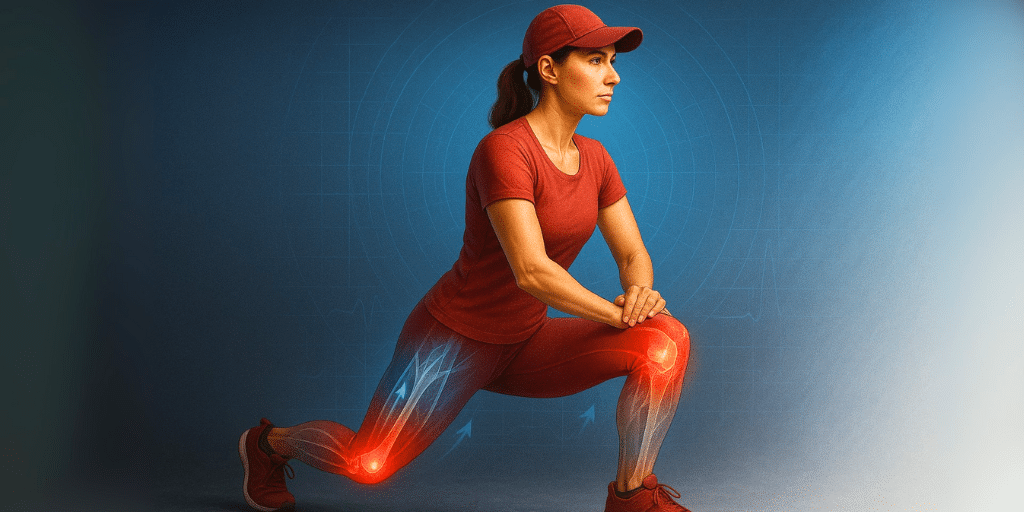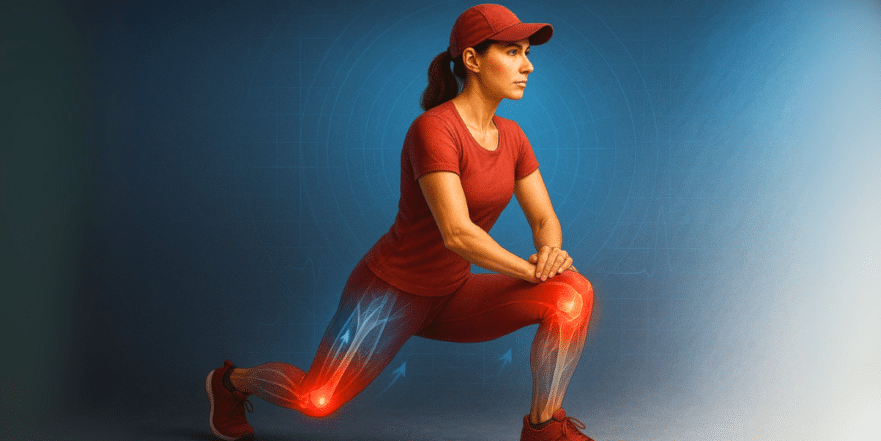
Many people start to notice their legs getting weaker after 50, but this doesn’t have to be your story. If you want to stay strong, independent, and be able to do the things you love, there’s a lot you can do to keep your legs powerful into your 60s, 70s, and beyond. Here’s a practical guide packed with steps anyone can try right away.
Key Takeaways
- Muscle loss with age is common but not unstoppable
- Four key areas to focus on: Strength, Balance, Mobility, Coordination
- Simple, consistent movement keeps your legs functional and strong
Understanding Why Legs Get Weaker With Age
Let’s get one thing straight—your body changes as you age, no doubt about it. One of the culprits is something called sarcopenia (fancy word, but it just means age-related muscle loss and strength decline). Many people think losing strength is inevitable, but most of the time it’s because they stop really using their legs.
Your body is basically a big adaptation machine: if you stop challenging it, it adapts by getting weaker. So, you don’t have to just sit back and watch your strength slowly fade. You actually have a choice:
- Do nothing—resulting in weaker legs, poor balance, and risking independence.
- Stay active—forcing your legs to work, keeping them mobile and strong.
Remember, it’s not about going back to being a gym rat. It’s about using your legs in ways that keep them alive and kicking.
What Happens If You Don’t Act (And Why It’s Important)
Neglecting your legs as you get older means simple things start feeling impossible:
- You get winded by stairs
- Getting off the floor becomes a struggle
- Balance can go out the window, and you’re more likely to fall
With regular movement, though, you’ll be hiking, playing with grandkids, and simply moving through life without a second thought.
The Four-Pillar System To Rebuild And Keep Leg Strength

Here’s a straightforward game plan. Imagine four pillars supporting your lower body’s health: Strength, Balance, Mobility, Coordination. Let’s break down what each one means, and what you can do.
1. Strength
Strength is your foundation. This isn’t just for bodybuilders. It’s how you get up from a chair or walk up a hill.
- Chair Squats: Start by sitting down and getting up from a chair—control on the way down, power on the way up. Once you’re comfortable, try regular bodyweight squats. Go slow.
- Split Squats: One foot in front of the other, lower yourself with control. Use support if needed, then work towards doing them without help, potentially even with weights.
- Step-Ups: Find a sturdy step or bench. Step up, then step down with care. Adjust the height to suit your comfort.
2. Balance
Good balance isn’t just for gymnasts. It means fewer falls and more confidence moving.
- Single Leg Balance: Stand on one leg. Use a wall if you’re wobbly, and try letting go as you improve.
- Heel-to-Toe Walk: Walk, placing one foot directly in front of the other. Take your time. Try eyes open, then closed for a real challenge.
- Tightrope Walk: Basically, walk in a straight line as if you’re on a skinny rope. Fun and actually tough!
3. Mobility
Mobility is about getting your body to move how it should, with no stiffness holding you back.
- Deep Squat Holds: Go as low as your body allows, holding onto a support if you have to. Let your ankles and hips stretch out and relax.
- Hip Flexor Stretch: Kneel, then gently press your hips forward, but don’t arch your back. Think about tucking your pelvis under.
- 90/90 Hip Rotations: Sit with both legs bent at 90 degrees. Rotate your knees from side to side. Start with one at a time, then both.
4. Coordination
Having coordination is key not just for sports, but for day-to-day living. It’s about getting up off the floor, reacting quickly, and keeping it together.
- Get-Ups: Sit down on the floor, stand back up—use your hands if you need. Try to need your hands less and less over time.
- Bear Crawl: Get on all fours and crawl forward, backward, and side to side. Go slow and try to keep your knees just off the ground.
Building Your Routine: Putting It All Together
If you want to actually see changes (and not just read about them), consistency is key. Here’s a quick table to help you plan:
| Pillar | How Often | How Much |
|---|---|---|
| Strength | 2-3x/week | 2-3 sets of 8-12 reps |
| Balance | 2-3x/week | 30-60 sec/side, repeat 2-3x |
| Mobility | Daily/Most days | 30-60 sec holds or 10-15 reps |
| Coordination | 3-5x/week | 2-3 sets or 5-10 moves, 20-30 sec |
You can mix and match. Maybe do all four in one session, or rotate and focus on two pillars a day. The main thing is—keep it simple and stick with it.
Real Talk: Why You Should Start Today
If you want to keep moving well—maybe travel, enjoy your hobbies, just live without that nagging feeling your body’s holding you back—these moves aren’t optional.
Honestly, losing strength isn’t some sad fate brought by age. It’s more the result of sitting too much and avoiding movement. So, try out a few of these exercises each day. Watch how different you feel after a month.
Don’t think of this as a chore for “old folks.” This is about claiming your right to move, to stay strong, and to keep living the way you want.
Give it a shot, and you might just be surprised at what your body can still do. And if you want even more help, there are plenty of guides out there to get you moving better than ever.
Source: Vanja & Josh

